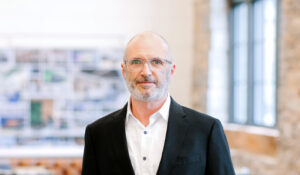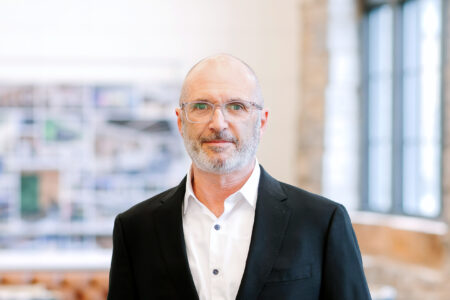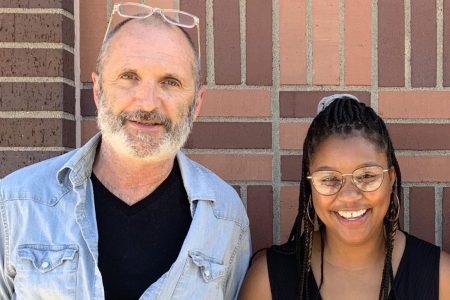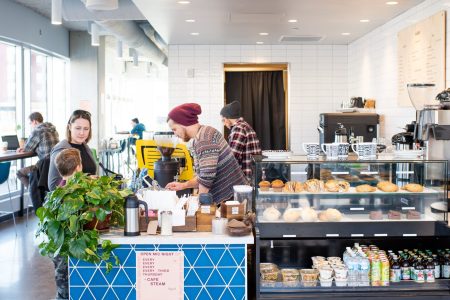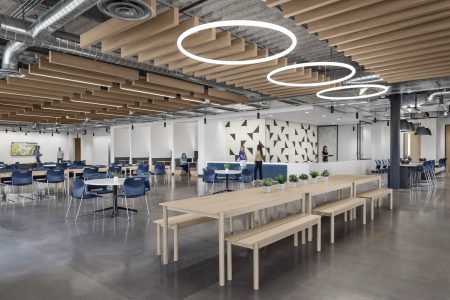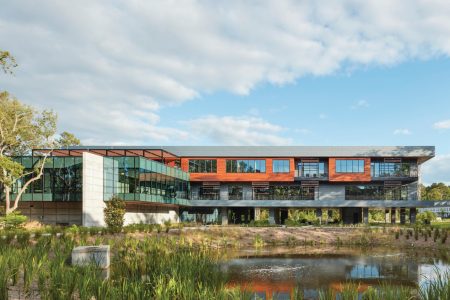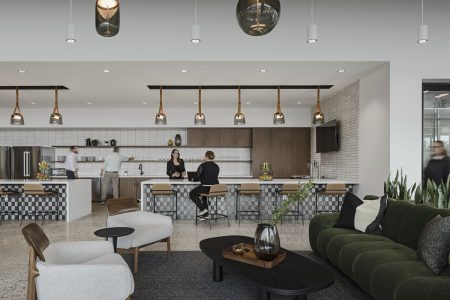Fostering Design Thinking in the Next Generation
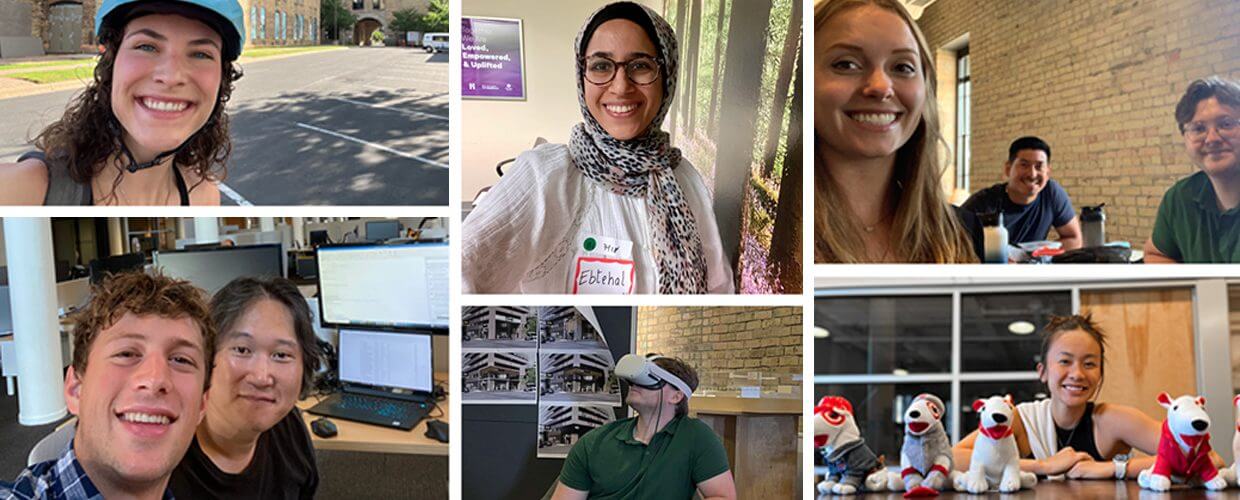
RSP Design Principal Derek McCallum and Research Intern Ebtehal Bahnasy collaborate on a discussion on the role of architecture firms in fostering the next generation of architects, the future of design thinking, and offer a preview of their research into the Metaverse workplace.
A Perspective from Leadership
Derek McCallum is a design principal at RSP Architects and is active in supporting the Consortium for Research Practices at the University of Minnesota School of Architecture, as well as creating a place at RSP for applying critical research to real world practice.
Part of leading a design practice is thinking about the future. About what the next generation of designers will need and how we can foster design thinking in up-and-coming architects. One of the ways we do that at RSP is engaging an architecture student at the University of Minnesota each year as a research intern. We work with the student to create a relevant course of exploration and then support them in that pursuit with the tools and mentoring they need.
The program has been such a win-win for us that we help fund it as part of a consortium of practices in the Twin Cities. As part of that group, we are able to access the research from all the other student interns across the metro area. Not only is the research potentially helpful for our design work, but it offers us a window into the future of architecture and our profession.
This year, we welcomed Ebtehal Bahnasy as our research intern. She is the fourth student we have worked with so far and it has been an invaluable experience for all parties. Having already completed her Master of Architecture at the University of Minnesota, she is now finishing her Master of Science in Research Practices. She has been working closely with me on a research project that imagines the possibilities and implications of virtual spaces in the workplace. Ebtehal’s unique perspective has led us all to delve more deeply into these issues, and I’m looking forward to seeing what she does in her career. This has been a true case study in fostering and supporting design thinking in the next generation of designers.
A Perspective from the Next Generation
Ebtehal Bahnasy is an RSP Research Intern and a Graduate Research Assistant at the University of Minnesota. She has her Master of Architecture and will graduate with her Master of Science in Research Practices this year.
Over the past eight months working with RSP, I was able to work on a broad range of projects. I worked with Kari Smith on workplace strategy projects, both internal and for a client in collaboration with the RSP team in Arizona. I also had the unique opportunity to be part of the Dreambox team and worked with Nancy O’Brien on an experience-based co-design project within the healthcare realm. These experiences also support my ongoing research about rethinking future work conditions. I am being advised by Derek McCallum and Kari, in collaboration with my academic advisor Sehoon Kim.
The overarching goal of all these projects is to define a human-centered approach to design, while leading and navigating changes in practice and work modes. Academically, this is an invaluable opportunity to learn more about research processes within the context of real and ongoing projects. I am learning to implement and adjust my knowledge to meet the needs of my audience, who are now extending beyond instructors and students to include clients and end-users. These experiences are leading me to contemplate my design and research vision and processes, within the constraints and opportunities of the real world.
An Academic Approach
The research I am completing for my master’s degree is titled “Navigating Spatial Disruption: Developing a Data-Driven Model to Rethink Future Work Conditions.” It started with questions about how hybrid and remote work models are affecting employees’ spatial experiences (at home and public spaces) as well as their welfare, happiness and satisfaction.
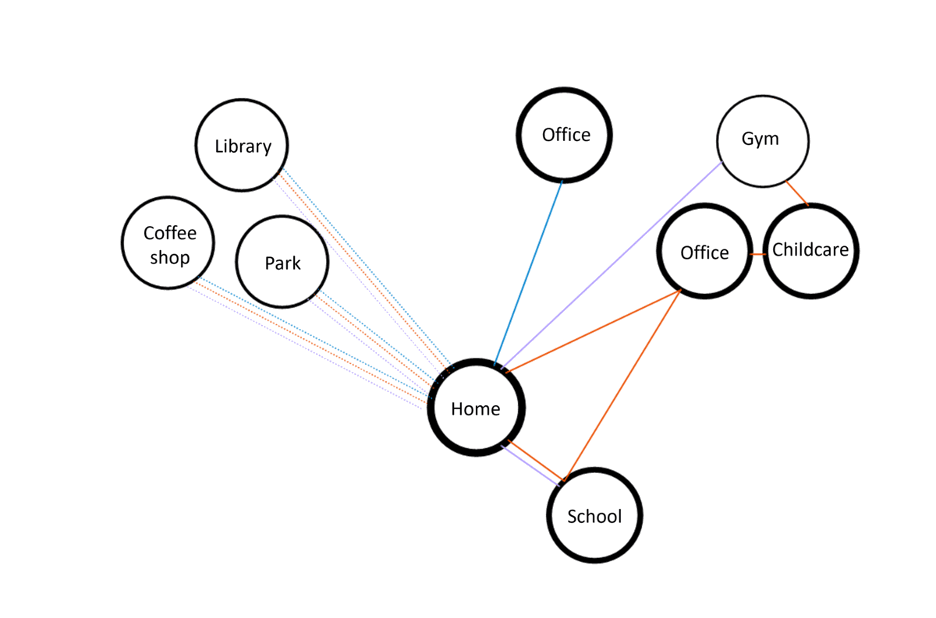
We started by looking at the timeline of the workplace and what was driving changes in the past. This led to an exploration of the Metaverse and the role of technological advancement as a primary acceleration force of the shift in work models. We reviewed existing literature to understand the disproportionate perception of new work conditions depending on demographics, location, profession, and other factors. Additionally, we identified numerous factors that play a role in the traditional workplace experience, as well as in the Metaverse, that affect the human experience. These include management models, politics, economics, and the specific requirements of different industries. We concluded that workplace issues occur on four levels: the cultural level, the policy level, the technological level, and the built environment level.
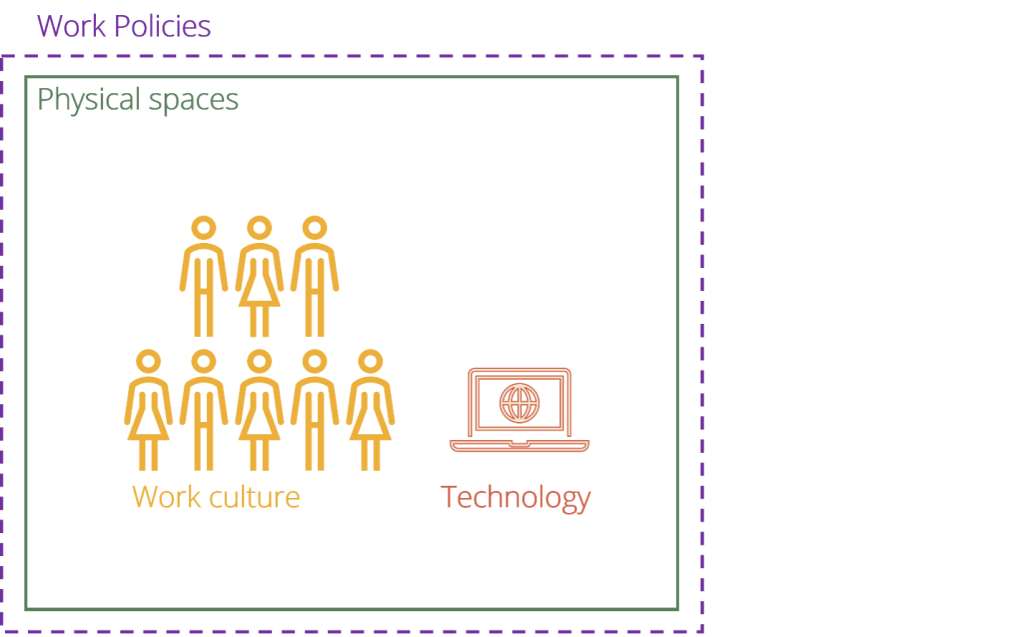
We are currently working on a collaboration with an RSP client to gather real-life data about their employees’ experiences, attitudes and perceptions. The data will help us better identify and quantify the issues and challenges of hybrid and remote workplaces. The outcomes of the project will address these issues through the development of a data-driven workplace model.
The Future of Design
After working with RSP and completing my research project, I believe the future is bright for versatile architects, especially those who are unafraid of data. I think we are moving beyond traditional design skills and headed toward a need for designers who can keep up with the fast-paced, technologically advanced future ahead of us. Who knows what new creative jobs will stem from the Metaverse? But it is certain that the role of our profession will be strongly affected by this new virtual world. And I think architecture education will also have to shift quickly to keep up with that.
By teaming students with faculty as well as firm advisors on a practice-based project, the research intern program provides a unique mentorship and advisory model. I don’t think typical internship programs include such a close collaboration with practice leaders and firm principals. It is great to learn about their unique perspectives and strategic vision early on in my career, when it has the biggest impact. As I come to the end of the program, I have a better idea of what kind of designer I want to be, what types of projects I want to work on, and what I need to do to reach my career goals.

